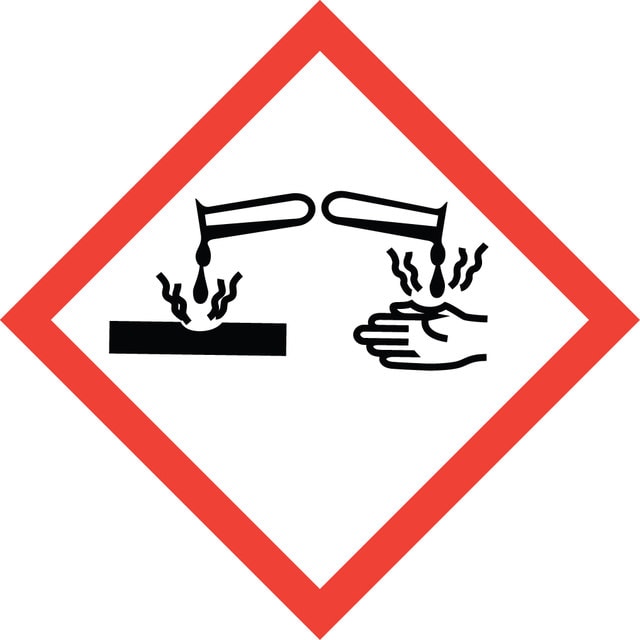Select a Size
$51.20
About This Item
Skip To
product line
BioChemika
Quality Level
shelf life
limited shelf life, expiry date on the label
composition
creatine, 0.3 g
dist. water, 100 mL
potassium hydroxide, 40 g
packaging
pkg of 100 mL
storage condition
(Tightly closed. Dry.)
technique(s)
microbe id | metabolite detection: suitable
application(s)
environmental
food and beverages
microbiology
suitability
Enterobacter spp.
Klebsiella spp.
Neisseria spp.
Pseudomonas spp.
1 of 4
This Item | 29333 | 39442 | T1949 |
|---|---|---|---|
| suitability Enterobacter spp., Neisseria spp., Klebsiella spp., Pseudomonas spp. | suitability Enterobacter spp., Klebsiella spp., bacteria | suitability Enterobacter spp., Klebsiella spp., Lactobacillus spp., aciduric bacteria | suitability - |
| technique(s) microbe id | metabolite detection: suitable | technique(s) microbe id | metabolite detection: suitable | technique(s) microbe id | metabolite detection: suitable | technique(s) - |
| composition creatine, 0.3 g , potassium hydroxide, 40 g , dist. water, 100 mL | composition absolute ethanol, 100 mL , α-napthol (1-naphthol), 5.0 g | composition distilled water, 100 mL , potassium hydroxide, 40 g | composition - |
| application(s) environmental | application(s) clinical testing | application(s) clinical testing | application(s) - |
| shelf life limited shelf life, expiry date on the label | shelf life limited shelf life, expiry date on the label | shelf life limited shelf life, expiry date on the label | shelf life - |
| Quality Level 100 | Quality Level 200 | Quality Level 200 | Quality Level 200 |
General description
Application
Analysis Note
signalword
Danger
hcodes
Hazard Classifications
Acute Tox. 4 Oral - Eye Dam. 1 - Met. Corr. 1 - Skin Corr. 1A
Storage Class
8B - Non-combustible corrosive hazardous materials
wgk_germany
WGK 2
flash_point_f
Not applicable
flash_point_c
Not applicable
ppe
Faceshields, Gloves, Goggles, type ABEK (EN14387) respirator filter
Choose from one of the most recent versions:
Already Own This Product?
Find documentation for the products that you have recently purchased in the Document Library.
Articles
There are many other methods of detection to indicate the presence of E. coli. Review common tests and biochemical reactions for this contaminant.
For microbiologists the most fundamental stain was developed in 1884 by the Danish bacteriologist Hans Christian Gram.
Related Content
Active Filters
Our team of scientists has experience in all areas of research including Life Science, Material Science, Chemical Synthesis, Chromatography, Analytical and many others.
Contact Technical Service


